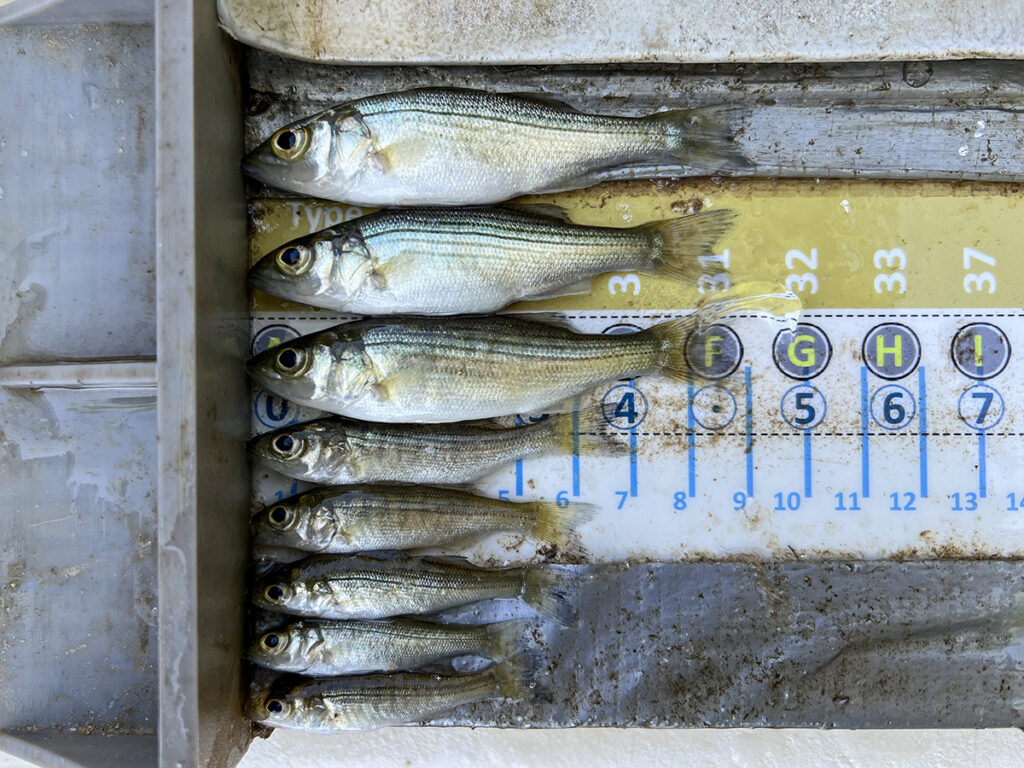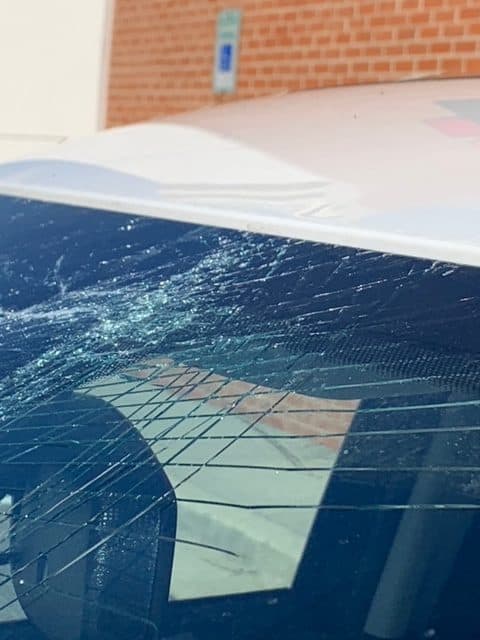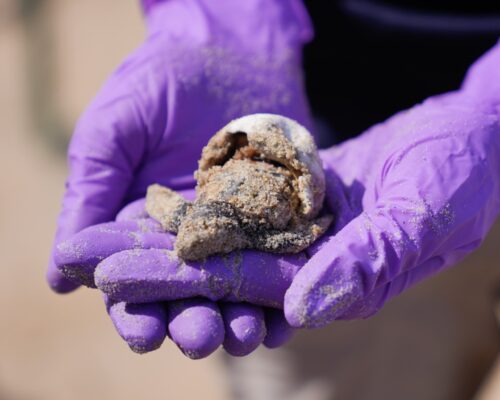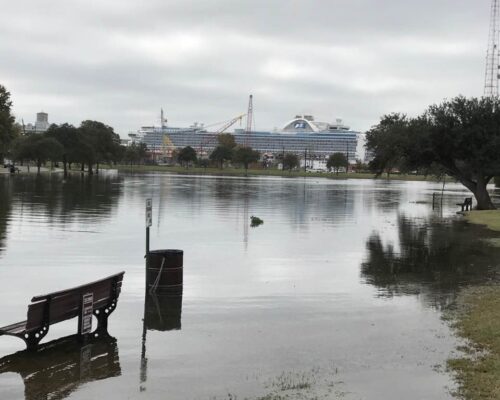Concerns about striped bass have been mounting for years, and catch limits have been tightening. But the tighter limits apparently aren’t doing enough to help this popular fish rebound. And when coastwide fishery managers meet next week, there will be some tough conversations.
On Thursday, the Virginia Institute of Marine Science (VIMS) and the Maryland Department of Natural Resources (DNR) released the results from their annual surveys of juvenile striped bass (rockfish) in the Chesapeake Bay. For the sixth consecutive year in Maryland and second consecutive year in Virginia, both states’ juvenile indexes came in well below the states’ long-term averages.
The surveys are conducted by field biologists in multiple locations over three months during the summer with 100-foot long beach seine nets. These surveys track reproductive success and juvenile survival for rockfish spawned in the spring in upper tidal reaches of the Bay’s big rivers. According to this year’s surveys, the 2024 young-of-year index for Maryland was 2.0 fish per sample, much lower than the long-term average of 11.0. In Virginia, the index was 3.43 fish per sample, against the historic average of 7.77.
For historical perspective on the situation, Chesapeake Bay Magazine reached out to Bill Goldsborough, retired fishery scientist at the Chesapeake Bay Foundation. Goldsborough was deeply involved in striper management during the last population crisis in the late 1980s. A total moratorium was placed on the rockfish fishery. The stock recovered through the 1990s and succeeding years.
“Poor striped bass reproduction means fewer fish can be caught when those young fish mature and still maintain a healthy population,” he explained. “The Atlantic States Marine Fisheries Commission (ASMFC) rebuilt a collapsed striper population in the 1980s and 90s by applying this principle, and I fully expect them to do so again when they meet next week and consider the status of the population. The stock is much stronger than it was in the early 80s,” he continued. “Given the improved science developed since then, I doubt the Commission would ever let it get that low again.”
Poor recruitment in the region has already resulted in increased rockfish conservation measures. In January, ASMFC issued new fishery regulations to reduce adult striped bass harvest and release mortality. Next week (Oct. 23), the Commission’s Striped Bass Board will review results of an updated coastwide striped bass stock assessment to evaluate the effectiveness of those regulations and chart a course not only for 2025 but the succeeding four years.
“This year’s results continue a disturbing trend for our most iconic Bay finfish,” observed Chris Moore, CBF’s Virginia Executive Director. “They make it clear that rebuilding the striped bass population is not guaranteed… This juvenile survey data proves again that we need to do more to improve spawning success through both habitat improvements and fisheries management actions such as seasonal closures.
“With six consecutive years of poor recruitment,” he continued, “there will be fewer spawning adult fish left to help the population recover. Climate change and invasive predators like blue catfish will also make recovery efforts more challenging. We urge ASMFC to review these data along with the results of the new stock assessment and implement additional conservation measures for the fishery during times when they will make significant conservation gains.”




